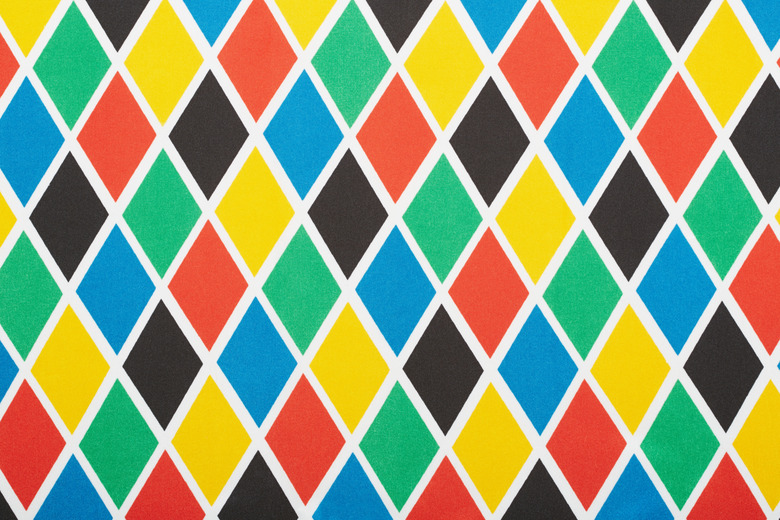Facts About Parallelograms
A parallelogram is a two-dimensional quadrilateral — a shape that has four sides that intersect at four points, also known as vertices. The two opposite sides of a parallelogram are always parallel and congruent — or equal in length. Rectangles, squares and rhombuses are all examples of parallelograms.
Opposite Sides
Opposite Sides
Both pairs of opposite sides of a parallelogram are always parallel, and both pairs of opposite sides of a parallelogram are always congruent. You can find the distance around a parallelogram, also known as the perimeter, by measuring and adding the length of the four sides together. Because opposite sides of a parallelogram are parallel, they will never intersect.
Diagonal Lines
Diagonal Lines
The diagonals of a parallelogram — lines that extend from one corner to the opposite corner — bisect one another. In other words, each diagonal cuts its opposite diagonal into two equal parts. No matter how you reshape a parallelogram, such as making the sides shorter or longer or increasing and decreasing the height, the diagonals will always bisect one another.
Area of a Parallelogram
Area of a Parallelogram
Calculate the area of a parallelogram by multiplying the base by the altitude, also known as the height. You can use any side of a parallelogram as the base. The altitude is the perpendicular distance from the base to the opposite side. In some cases, you may need to extend the opposite side of the parallelogram to be able to find and measure the perpendicular distance.
Interior Angles
Interior Angles
Opposite interior angles of a parallelogram are always equal. For example, if one interior angle measures 36 degrees, the opposite interior angle will also measure 36 degrees. Consecutive interior angles in a parallelogram — angles that are side by side — are supplementary. That means that when you add two interior consecutive angles together, the total always equals 180 degrees. When you add all four interior angles together, the total always equals 360 degrees.
Quadrilateral Midpoints
Quadrilateral Midpoints
When you locate the midpoints — the middle of the line segment or the halfway point — on each side of a quadrilateral and connect those points with consecutive straight lines, the result is always a parallelogram.
Specific Geometric Shapes
Specific Geometric Shapes
Rectangles and squares are examples of parallelograms that have 90 degree angles, also known as right angles. Rhombuses and squares are examples of parallelograms that have sides of equal length.
Cite This Article
MLA
Tucker, Kristine. "Facts About Parallelograms" sciencing.com, https://www.sciencing.com/parallelograms-8599383/. 24 April 2017.
APA
Tucker, Kristine. (2017, April 24). Facts About Parallelograms. sciencing.com. Retrieved from https://www.sciencing.com/parallelograms-8599383/
Chicago
Tucker, Kristine. Facts About Parallelograms last modified March 24, 2022. https://www.sciencing.com/parallelograms-8599383/
